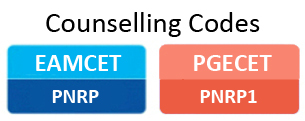Department of Pharmaceutical Analysis
Pharmaceutical analysis is a branch of practical chemistry that involves a series of process for identification, determination, quantification and purification of a substance, separation of the components of a solution or mixture, or determination of structure of chemical compounds. The sample to be analyzed is called as analyze and on the basis of size of sample, they can be classified as macro(0.1 g or more), semi micro (0.01 g to 0.1 g), micro(0.001 g to 0.01 g), sub micro (0.0001 g to 0.001 g), ultra micro (below 10-4 g), trace analysis(100 to 10000 ppm). Among all, the semi micro analysis is widely used.
Applications
Manufacturing industries require both qualitative and quantitative analysis to ensure that their raw materials meet certain specifications, and to check the quality of final product. Raw materials are to be checked to ensure that the essential components are present within the predetermined range of composition and there are not any unusual substances present which might upset the manufacturing process or it may appear as a harmful impurity in the final product. In the development of new products which contains mixtures other then the pure material, it is necessary to ascertain composition of mixture which shows the optimum characteristics for which the material has been developed. Geographical surveys require analysis to determine the composition of soil sample and numerous rock samples collected from the field. Most of the industrial processes give rise to pollutants which may cause health related problems. So quantitative analysis of air, water and soil sample should be carried out to determine the level of pollution and to establish the safe limits for pollutants.
© Copyright 2022. All Rights Reserved.

